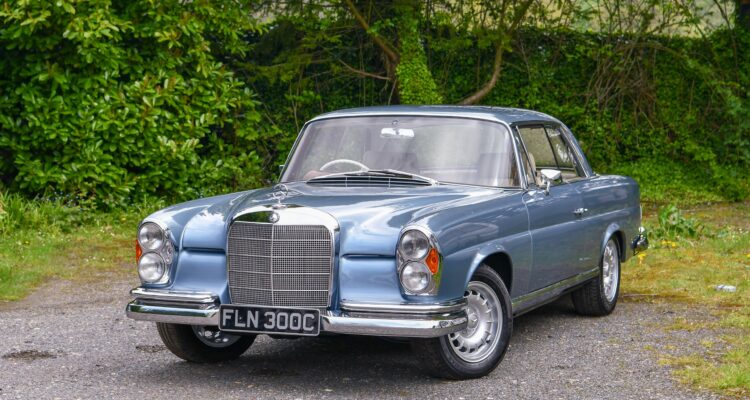The Morris Minor – Five Things You Need to Know
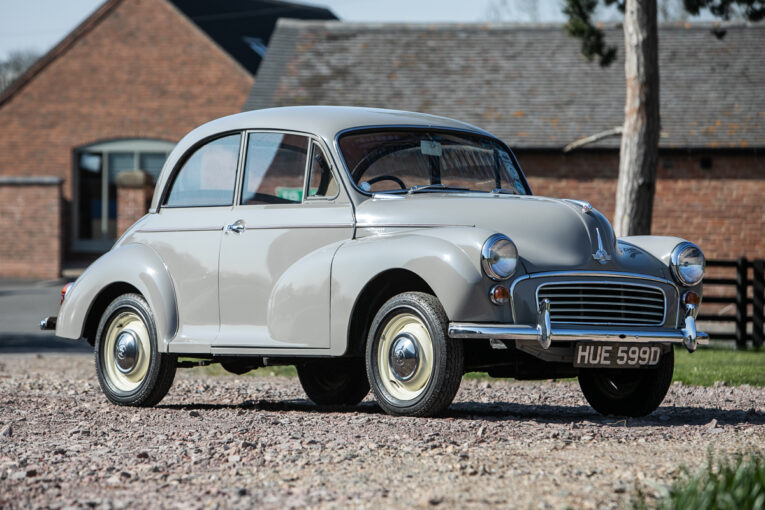
You know something is popular or significant when it’s appointed a nickname. A term of endearment, a colloquial sobriquet, a sympathetic epithet. Whatever you want to call it these informal titles are generally derived from the simple love of something. Be it Bubble and Squeak, The Big Apple, El Pibe de Oro, or in the automotive world, the Moggie. The Morris Minor is ever-endearing and has been a symbol of the plucky British classic car scene for decades and remains a popular choice, both as one’s first foray into classic vehicle ownership (they are perfect for honing your spannering skills) as well as a fine addition to anybody’s collection, whether it be a small assortment of bangers or an all-encompassing array of extravagant classics.
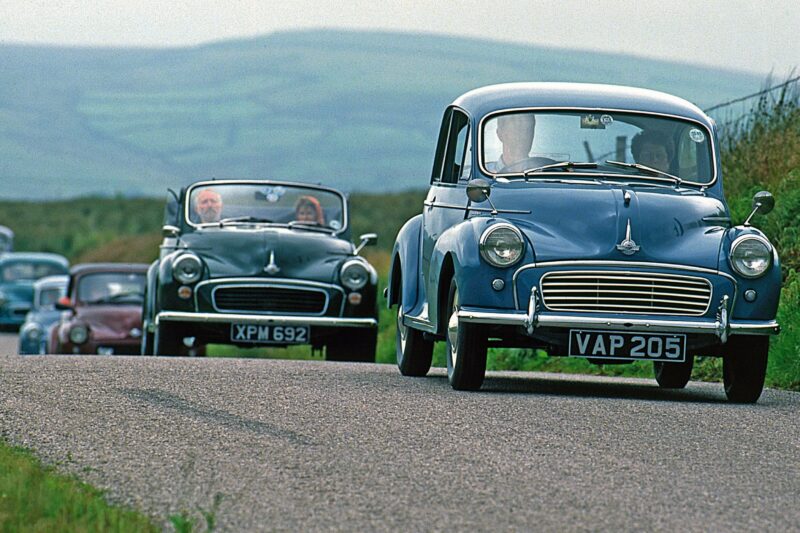
Instantly identifiable alongside its compatriots the Mini and Land Rover the Morris Minor has rightfully earned its place as one of the true great British classics. Reliable and cheap, a decent Moggie can absolutely be used as a daily, all the while inducing warm and fuzzy feelings of nostalgia in everyone it pootles past. And speaking of the Mini, the Morris Minor was designed by none other than Sir Alec Issigonis. Not only that but it also features the same A-series engine (from the Series II onwards at least) and captured the hearts and minds of the British car buying public in much the same way as its smaller cousin, and this appeal doesn’t appear to have diminished in the 76 years since it first appeared at the London Motor Show back in 1948.
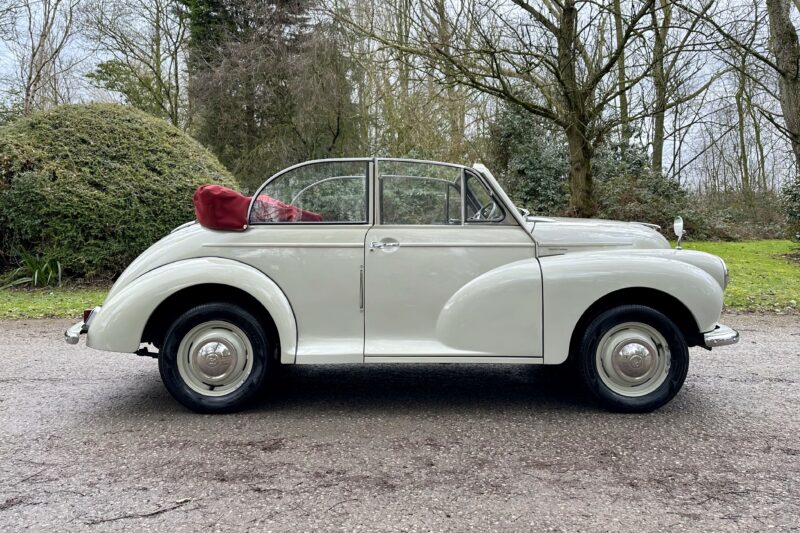
Post World War Two Britain needed small, simple, cheap cars and the Morris Minor delivered on all counts. Initially available as a two or four-door saloon and a two door convertible (and later the iconic “Woody” estate) and powered by a 918cc four-cylinder side-valve, whichever Morris Minor you choose you’ll be guaranteed smiles per mile. But before you head to the classifieds and auction listings in search of your very own Moggie there are five things you need to know.
1) Bodywork
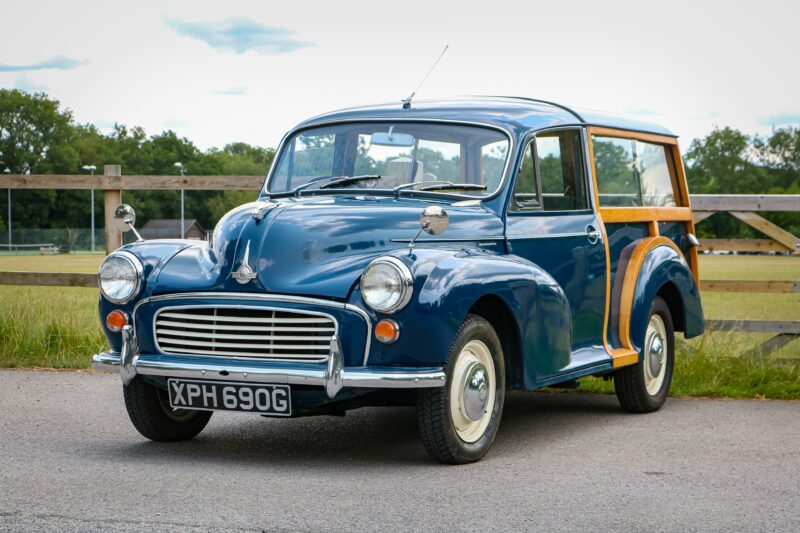
It will probably come as no surprise that a cheap British car from this era is prone to rot, especially the lower sections. The trick with the Morris Minor is to know what you’re looking at because all could appear peachy on the outside with corrosion working away underneath, so pay attention to any bubbling. Spring hangers, sills and chassis legs are included in the line up of usual suspects and whilst all panels are available there are plenty of examples out there so unless you’re addicted to the sparkly spanner then walk away from truly rotten cars. Check the uniformity of panels gaps, too. The car’s unitary construction makes for some fairly complex sections of bodywork and poorly repaired areas can affect the body’s alignment. There will no doubt have been repairs to some degree so you’re going to have to crawl underneath and have a good rummage around.
2) Engine
The early side-valve engines are gutless, and not in a quirky, charming way, so for most the best engines are generally considered to be the later 948 or 1098cc A-Series motors. The A-Series is a known entity, reliable, easy to work on and service and is backed up by a huge support network, plus these engines are more than capable of keeping the Morris Minor chugging along with modern traffic. They can be fixed for peanuts, too.

Burning oil is more of a concern than leaking oil, unless it’s pouring out and most Moggie owners just accept that a little oil seepage is par for the course. Smoking is likely a result of leaking valve and/or oil seals. A popular upgrade if you’re after a little more grunt is the 1275cc A-Series. You get a few extra horses but still retain the car’s original charm. You could always go down the EV conversion route, too if that’s your bag…
3) Clutch and Gearbox
Early gearboxes aren’t the best and a lot of Moggie owners swap them out for the later Austin-derived units, especially those fitted to the post-’56 Morris 1000. Parts supply is better, too. Synchro can wear on any ‘box so any crunching or jumping out of gear will signify it’s time for repairs or a replacement. No Moggie gearbox has synchromesh on first gear so get used to double-declutching in traffic to prevent excessive wear. Clutch slip will mean a new unit so try pulling away in a higher gear when testing to make sure it’s still strong. Upgraded units are available and simple to fit, however.
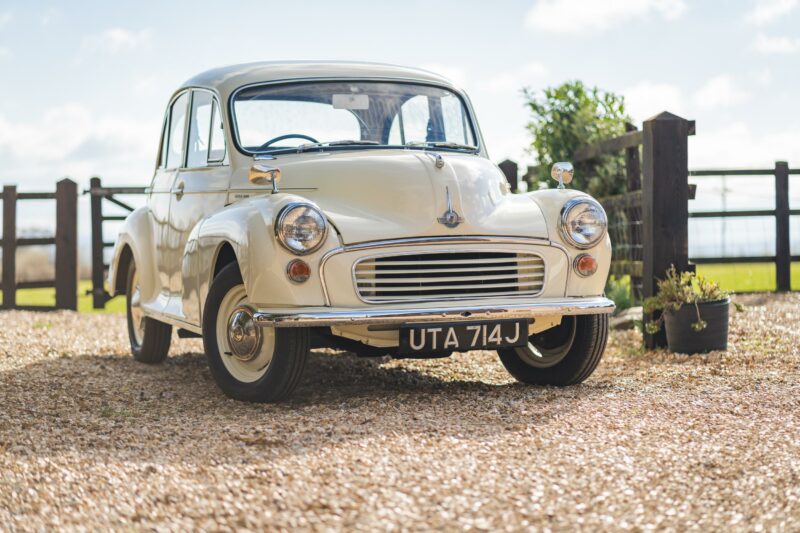
4) Suspension, Steering and Brakes
Sharp handling is one of the Minor’s strengths but regular greasing of the front suspension kingpins is essential to the smooth operation of your Morris Minor. Every 3,000 miles or so is the general rule. Get the front wheels of the ground and give them a wiggle. Any substantial movement vertically will be indicative of worn trunnions. Rear leaf springs can sag so check that the car sits level. Brakes, while primitive, are generally up to the task but if a car has been sitting for a while the wheel cylinders can seize. Invest in a good quality set of shoes while you’re at it. All parts are cheap though and a front disc brake conversion is also an option should you require a bit more power but it all depends on how you intend to drive your chosen steed.
5) Interior and Electrics

Interior preference will come down to how you feel about patina because most Moggies by now, unless completely restored, will be showing some signs of wear. Personally speaking we love a bit of “charm” when it comes to a Morris Minor interior but pretty much everything is available so whatever you choose you’ll be covered. The plastic rear window fitted to convertible models is subject to cracking but again, these are easily replaced. Check for water ingress due to tired or deteriorated seals as this can not only play havoc with the electrics but will also add to any rust woes. Speaking of electrics, a brand new wiring loom can be had for the price of a packet of Polos so any electrical gremlins shouldn’t be a deal breaker. It’s also worth considering upgrading the entire system, especially if you have modern gadgets installed.

